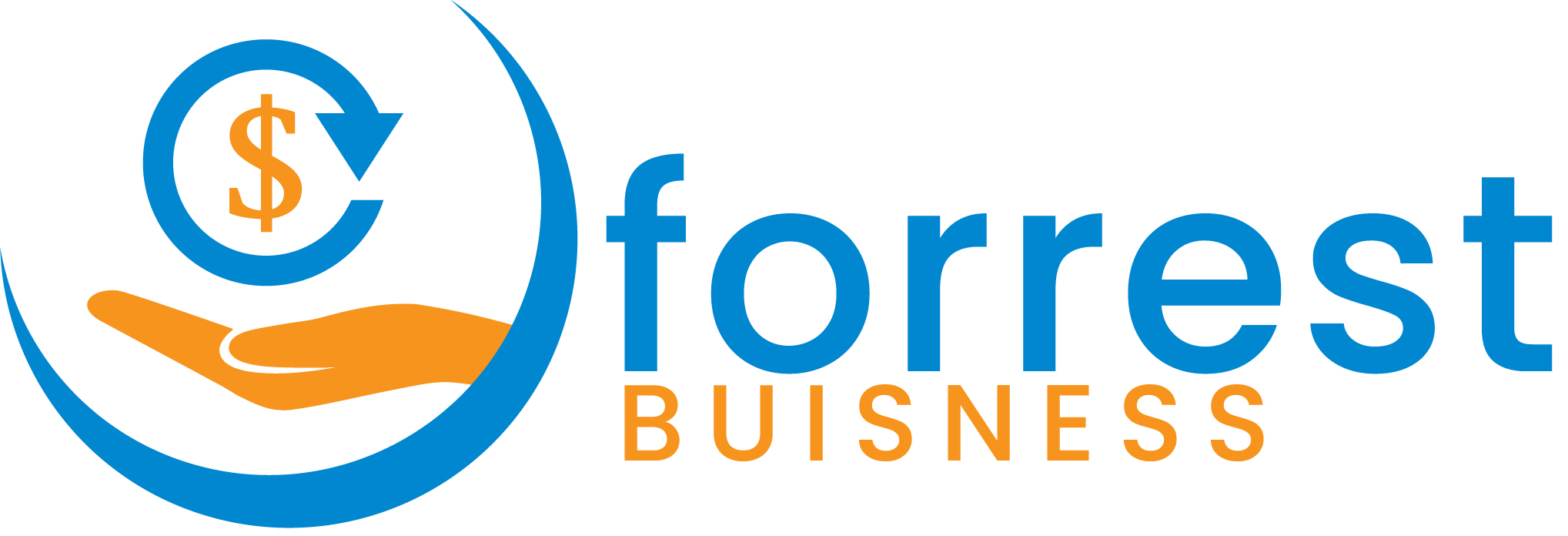Opinions expressed by Entrepreneur contributors are their very own.
“I’d guess 10% or extra of our distant employees, particularly programmers, have one other full-time job! We have to cease this earlier than it escalates and get everybody again to the workplace,” my consumer exclaimed.
He is the chair of the board of a late-stage SaaS startup, and this concern was rife as I met with the remainder of the board to determine the corporate’s plan for everlasting post-pandemic work preparations. Having helped 19 organizations decide their hybrid and distant work plans, I heard such sentiments all too usually.
So I requested him the place he acquired his info. He advised me he sits on different firm boards: That is what he heard from different board members, and he guesses the identical factor goes on right here.
However the place does this mistrust in the direction of distant staff stem from?
Salacious headlines fueling management distrust of distant work
“These Folks Who Work From Dwelling Have a Secret: They Have Two Jobs,” screams a headline from The Wall Avenue Journal. The Double Lives of White-Collar Employees With Two Jobs,” writes The Guardian. And in accordance to Bloomberg, “Many Distant Employees Secretly Juggle Two Full-Time Jobs — or Extra.”
These articles, and plenty of comparable ones, largely have an identical construction. The journalist interviews an nameless distant worker, often in tech-related fields, about how they managed to safe a second job working remotely. The worker speaks of the extra cash they’re in a position to safe, which is well worth the burdens of working many extra hours. There are sometimes thrilling and dramatic escapades of how they only managed to keep away from getting caught. At instances, there are cautionary tales of staff who have been came upon — and fired.
All these articles play on our narrative fallacy, a harmful psychological blindspot that causes us to know the world via tales slightly than details. Positive, tales could be helpful illustrations of broader knowledge factors. However the hazard stems from tales that talk to our emotions and intuitions with out regard for the precise proof.
It is no shock that the extra traditionalist executives and board members who learn these narratives combine these tales into their imaginative and prescient of actuality. In spite of everything, one in every of our most basic cognitive biases is the affirmation bias, our thoughts’s predisposition to search for info that confirms our beliefs, no matter whether or not the knowledge matches the details. They latch on to such tales after which repeat them in C-suite and board conferences — as did the chair of the board of the SaaS startup I discussed earlier.
The details about working a number of jobs
To be clear, I’ve no private stake in any particular consequence. As a behavioral economist who helps executives keep away from cognitive bias, my precedence is getting the best info to serve my purchasers. That is why my first supply of knowledge for exterior benchmarks on employment and comparable financial knowledge is FRED: Federal Reserve Financial Knowledge.
FRED gathers a wide range of financial knowledge, primarily from U.S. authorities companies in addition to different high-quality sources, to offer long-term developments within the U.S. financial system. FRED has no curiosity or stake in selling in-office, hybrid or distant work. Let’s contemplate the information on a number of jobholders as a proportion of all employed members of the U.S. workforce from 2000 onward.
In accordance with the newest numbers, we’re at a traditionally low level of staff holding a number of jobs. The excessive level was across the flip of the century when 5.8% of all staff held a number of jobs. Presently, about 4.8% accomplish that. Simply earlier than the pandemic, 5.2% had a couple of job. That knowledge encompasses each full-time and part-time jobs.
Maybe the story is completely different for these holding down full-time jobs? In accordance with FRED, not likely. In July 2022, 438,000 staff had two full-time jobs — that is .27% of the full working inhabitants within the U.S. of 163,500,000 this 12 months. Now examine that quantity to 418,000 in July 2000, in different phrases, .3% of the full workforce of 138,800,000 that 12 months. So whereas we’re not at a very traditionally low level of staff holding down two full-time jobs, we’re nearly common — and the ten% theorized by the chair of the board is rather more than an order of magnitude too excessive.
However what about all of the anecdotes?
What about all these anecdotes mirrored within the headlines? Properly, the truth is that it is true that many extra distant staff are holding down two full-time jobs than previously. Nonetheless, it isn’t as a result of the proportion elevated: It is nonetheless below .3 %. No, it is as a result of many extra individuals are working remotely.
Thus, earlier than the pandemic, Stanford College analysis reveals that 5% of all workdays have been labored remotely. Over two years into the pandemic, the comparable quantity is over 40% of all workdays. That is over 8 instances extra. Thus, of the tiny fraction of all staff who maintain down two full-time jobs, a a lot bigger proportion will probably be distant. So we’ll definitely hear extra tales about it.
However the truth that extra such incidents will happen won’t change the truth that it is below .3 % of all staff. All these breathless headlines about two-timing distant staff — and the traditionalist executives who purchase into them — ignore the underlying probabilistic base fee, which means the precise chance of this situation. That is a cognitive bias referred to as the base fee neglect, the place we give attention to particular person anecdotes and fail to evaluate the statistical chance of occasions.
Certainly, what executives usually miss is that most of the staff who held down two full-time jobs earlier than the pandemic did so from the workplace. Do you suppose individuals work a full eight-hour day after they are available in? Removed from it! Analysis finds that on common, staff work from 36% to 39% of the time they’re within the workplace. The remaining is spent on issues like making non-work calls, studying social media and information web sites and even on the lookout for — or working — different jobs.
Belief your employees
If you cannot belief a employee to work properly remotely, you’ll be able to’t belief them to work properly within the workplace. And latest analysis by Citrix on information staff — in different phrases, staff whose job could be achieved full-time remotely — reveals that information staff pressured to come back to the workplace full-time present the least quantity of belief to their employers, in comparison with hybrid or full-time distant staff. No surprise: Their bosses are exhibiting deep-rooted distrust of their staff by forcing them to come to the workplace full-time when their job could be achieved largely and even totally remotely.
If that mutual belief between employer and worker is absent, the worker will disengage. A Gallup survey on hybrid and distant work reveals that when staff are required to work on-site, however they each can and would like to do their job in a distant or mostly-remote method, the result’s considerably decrease engagement and well-being, and considerably greater ranges of burnout and intent to depart.
Inner surveys from my purchasers align with these exterior surveys. For instance, the College of Southern California’s Info Sciences Institute (ISI), a analysis establishment with over 400 employees, initially determined in the summertime of 2021 on a coverage of three days within the workplace. As soon as the ISI management discovered about my work and employed me as a guide, they shifted within the fall of 2021 to a trust-based, versatile, team-led mannequin, with particular person crew leaders deciding along with their crew members what labored finest for every crew.
A survey we performed in August 2022 confirmed that, in comparison with the three days within the workplace coverage, 73% of the workers at ISI believed that the team-led mannequin is “significantly better,” and 15% felt it is “higher.” These responses present a a lot greater diploma of worker satisfaction and engagement via flexibility and belief. The identical goes for retention and recruitment, on a survey query that analysis reveals reveals this challenge, specifically whether or not survey respondents would suggest working at ISI to their friends. 56% stated the team-led mannequin makes it “more likely” that they might make this suggestion, and 18% stated it might make them “extra doubtless.”
In the long run, the chair of the board of the late-stage SaaS start-up agreed that the finest follow for the way forward for work is a collaborative, trust-based strategy. Present belief to your staff, and they’ll belief you in flip. Accommodate their working kinds and preferences, and they’ll repay you with greater engagement, productiveness and loyalty. And lastly, make choices utilizing knowledge — not tales.

